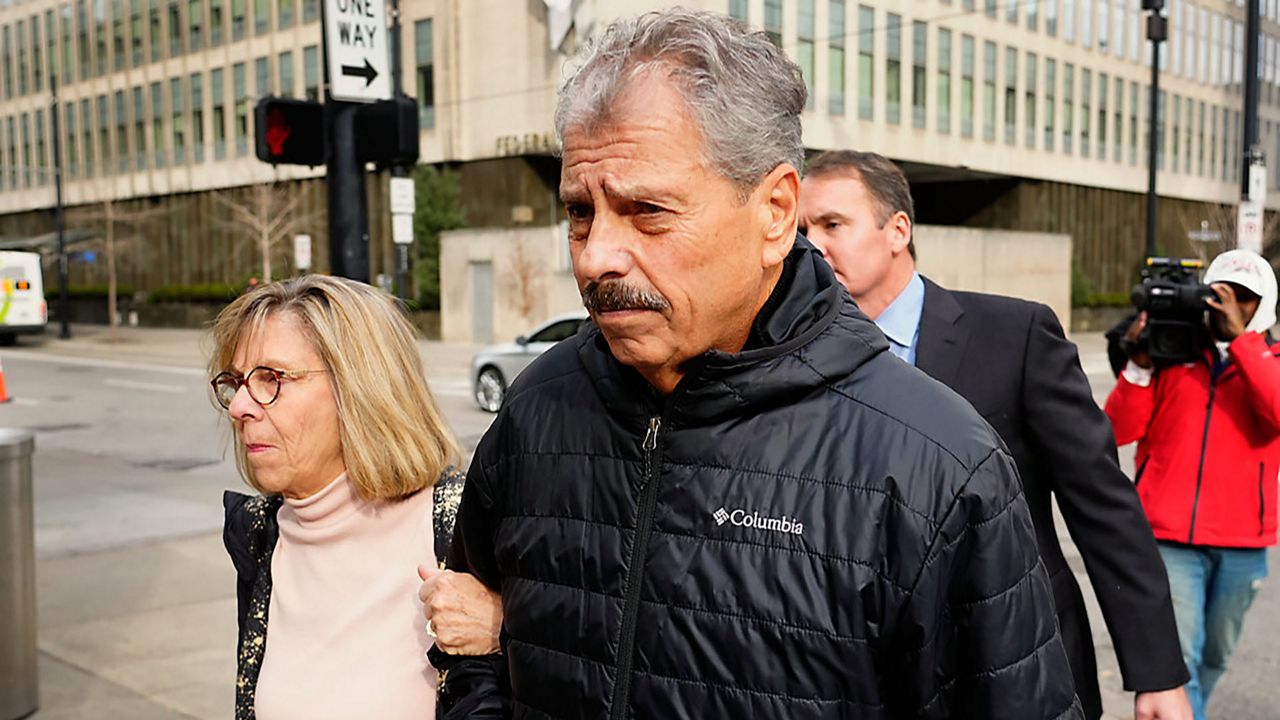A story that read more like the script for a sad movie than the workings of actual corporate governance and ethics was being told in Columbus, Ohio. Sam Randazzo, whose name became associated with the biggest public corruption case in Ohio, passed away tragically at the age of 74, closing a dark chapter in the state’s history. The fact that his death was a suicide confirms the deep personal and structural effects of a scandal that has engulfed the state for many years.
The horrific scene on East Mound Street in Columbus was made public by the Franklin County Coroner’s Office: Randazzo was discovered hanging from a rope in the attic of a structure owned by his business, Sustainability Funding Alliance of Ohio. Amidst legal disputes and public criticism, Randazzo’s life’s finale sharply brings a human element into foreground.
Randazzo was accused of taking a $4.3 million bribe from FirstEnergy Corp.; as a result, he was charged both state and federally. This alleged act of corruption was not an isolated incident; rather, it was a part of a larger story that linked a number of well-known figures, including Ohio House Speaker Larry Householder, to the Ohio House Bill 6 scandal.
FirstEnergy’s revelation that it paid millions to get support for HB 6, which was designed to save two nuclear power facilities, exposed a complex web of misconduct involving corporate agents, legislators, and regulators. After the FBI raided Randazzo’s Columbus home in 2020, he resigned as chairman of the Public Utilities Commission of Ohio (PUCO). This occurrence preceded his indictment.
Randazzo’s legal entanglements revealed a picture of pervasive corruption notwithstanding his pleas of not guilty. He was facing serious allegations, including money laundering, bribery, telecommunications fraud, grand and aggravated theft, tampering with records, and participating in a pattern of corrupt behavior. The seriousness of the charges was highlighted by the freezing of his assets during the legal proceedings.
Other well-known people were also brought down by the scandal; accusations were made against Senior VP Michael Dowling and former CEO Chuck Jones of FirstEnergy. The fact that Larry Householder is currently serving a 20-year term illustrates the serious legal repercussions for everyone involved. Both HB 6’s partial repeal and FirstEnergy’s $230 million fine represented punitive and corrective measures in response to the crisis.
The suspected suicide of Randazzo highlights the tremendous human cost that these scandals can exact on people, even in cases when they are not found to be at fault or have a favorable conclusion in court. It acts as a moving reminder of the human costs of corruption trials, which are frequently eclipsed by their public and legal aspects.
The tragedy has sparked conversations on mental health and how crucial it is to get assistance when you’re in need. For individuals experiencing hopelessness, resources such as the Suicide & Crisis Lifeline (988), the Crisis Text Hotline, and several websites promoting suicide prevention are essential lifelines.
The tragic tale of Sam Randazzo serves as a vivid example of how corruption can destroy the foundations of both public trust and government while also having a disastrous effect on the lives of those who engage in it. It emphasizes the necessity of integrity, openness, and watchfulness in both public and corporate spheres. The lessons taught and the lives impacted by this chapter will not be quickly forgotten when Ohio and its people think back on it. The state has to move on, bearing the weight of the scandal’s legacy, but determined to stop corruption of this kind from happening in the future.
It is crucial to keep in mind the people at the center of this scandal as we delve into the complex web of legal, moral, and personal narratives it has woven. These people serve as reminders of the significant effects such incidents can have on people’s lives as well as the community at large, in addition to serving as perpetrators or victims.

